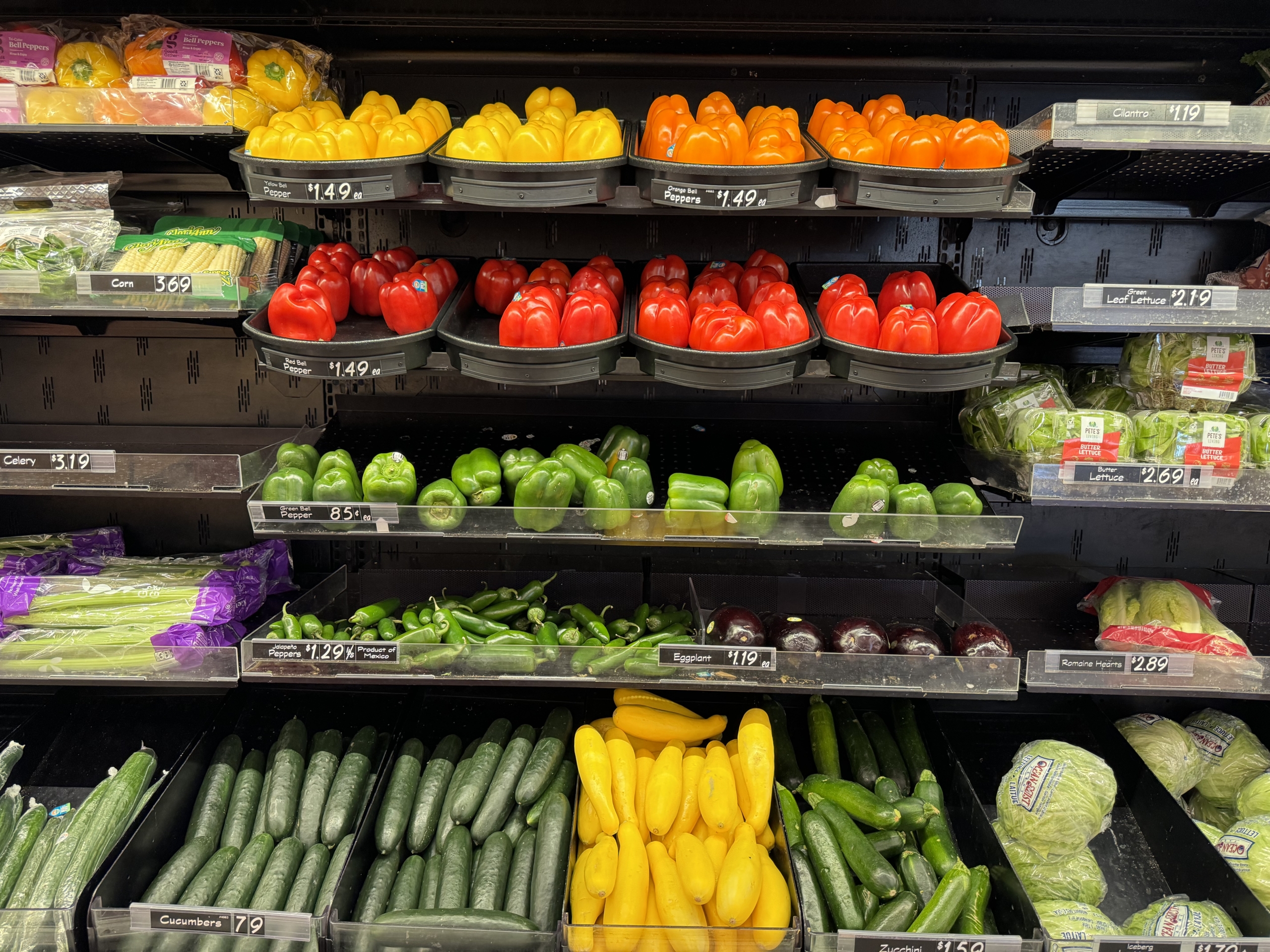When following a gluten-free diet, there are endless, easy substitutions that can make this change fairly seamless.
People can choose to eat a gluten-free diet for a variety of reasons to enjoy the health benefits. Whether the reasoning is due to celiac disease, a wheat allergy, gluten sensitivity, or for weight loss, cutting out gluten can be a life-changing dietary change. The decision to go without gluten can be daunting. Many could agree that some of the best foods in American culture contain gluten.
What is gluten?
According to the Celiac Disease Foundation, gluten is a protein that is normally found in grains such as barley, wheat and rye. It allows elasticity within any kind of dough, which in turn helps it keep its shape during the baking process as well as causing the dough to rise. This reaction occurs when the grain or flour is combined with water. Ultimately, gluten creates a fluffy or chewy texture in breads and other baked goods.
What is celiac disease?
The Mayo Clinic describes celiac disease as an autoimmune condition that is caused by the consumption of gluten. Ultimately, the reaction caused by gluten does damage to the small intestine. The destruction to the villi within the small intestine directly affects the body’s ability to absorb important nutrients needed to sustain life. This can lead to severe gastrointestinal problems like bloating, diarrhea, and chronic abdominal pain. Truly, effective treatment includes following a strict gluten-free diet to manage these symptoms and allow the small intestine to heal without disruption.
Easy gluten-free swaps
The Mayo Clinic provides an informational guide to eating gluten-free. Starting off easy, there are many readily available foods that are naturally gluten-free and nutrient dense. Some examples of these foods include meats, fish, poultry, vegetables, fruits, nuts and seeds. Luckily, many companies specifically produce gluten-free products to make them more accessible to the general public. There is an impressive list of gluten-free options in both grocery stores and restaurants. Gluten-free alternatives include pastas, breads, cereals, and even pizza crust. Make sure to get in the habit of paying close attention to nutritional labels.
Avoiding cross-contamination
According to Beth Israel Laney Health, it is important to pay attention to possible instances of cross-contamination when preparing food with a gluten-free diet. To avoid cross-contamination, try using separate cooking tools. It is also crucial to communicate to servers in restaurants about any dietary restrictions and preferences so that necessary changes can be made and followed.
Although making a complete 180 in a diet can be challenging, it is important to focus on the reasoning behind this decision. As time progresses and with continued practice of the diet, it will become easier and even natural to follow. Its positive results on overall health far outweigh enjoying some tasty foods that can be substituted for something very similar.









